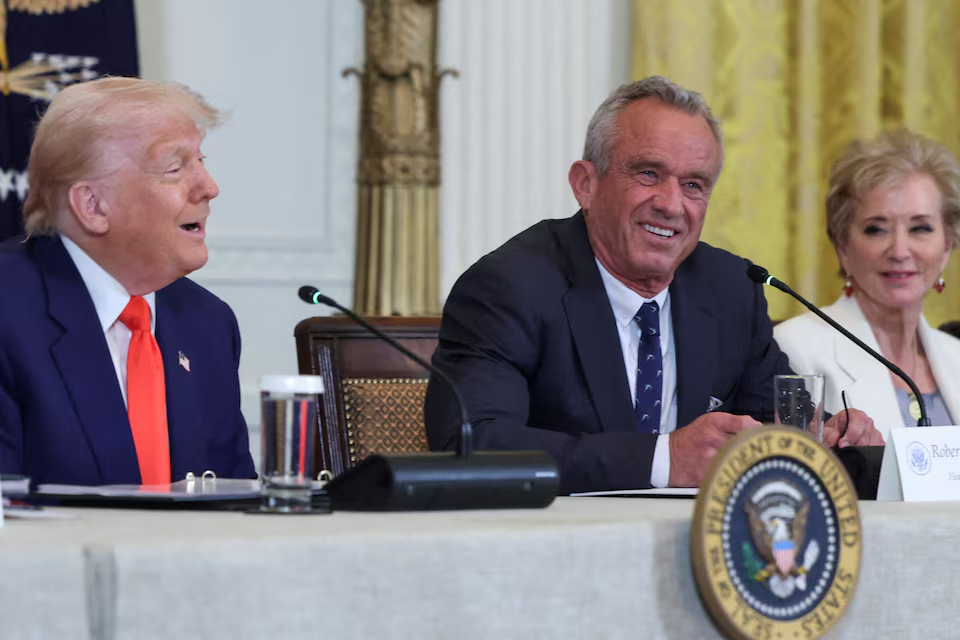U.S. Economy Shrinks in Q1 2025 Amid Tariff-Driven Import Surge
- Jun 1
- 2 min read
29 May 2025

In the first quarter of 2025, the U.S. economy experienced its first contraction in three years, with Gross Domestic Product (GDP) declining at an annualized rate of 0.3%. This downturn was primarily driven by a substantial 41.3% surge in imports, as businesses accelerated purchases to preempt the impact of newly announced tariffs under President Donald Trump's "Liberation Day" trade policy. The resulting trade imbalance significantly weighed on GDP, overshadowing gains in consumer and business spending.
The unprecedented increase in imports, the largest since the third quarter of 2020, was a strategic response by companies aiming to avoid the impending tariffs, some of which reached up to 145% on Chinese goods. This front-loading of imports led to a record goods trade deficit, subtracting 4.83 percentage points from GDP. While exports saw a modest rise of 1.8%, they were insufficient to offset the import-driven deficit.
The surge in imports contributed to significant inventory accumulation, adding 2.25 percentage points to GDP. Businesses stocked up on goods, anticipating future supply disruptions and higher costs. Consumer spending grew at a 1.8% rate, supported by expenditures on services and nondurable goods. Notably, there was a sharp increase in spending on motor vehicles in March, indicating consumers' efforts to make purchases ahead of expected price hikes due to tariffs.
Despite the economic contraction, inflation showed signs of moderation. The Personal Consumption Expenditures (PCE) price index, excluding food and energy, remained unchanged in March after a 0.5% increase in February. This brought the annual core inflation rate down to 2.6% from 3.0%. However, economists caution that these figures precede the full implementation of tariffs, and inflationary pressures may intensify in the coming months.
Federal Reserve officials have expressed concerns about the potential for tariffs to drive up consumer prices. Atlanta Fed President Raphael Bostic noted that companies' efforts to stockpile goods are nearing their limit, and upcoming price changes will provide insight into consumer reactions. The Fed has maintained interest rates at 4.25%-4.50% since December and may continue this stance while assessing the tariffs' impact.
President Trump attributed the GDP decline to the previous administration, suggesting that the economy was on the cusp of a significant rebound due to his policies. However, economists and political opponents argue that the contraction is a direct result of the current administration's trade policies. Public approval of Trump's economic management has declined, with recent polls indicating a drop in confidence.
Looking ahead, economists anticipate a potential rebound in the second quarter as the effects of front-loaded imports wane. However, the combination of high tariffs, potential retaliatory measures from trade partners, and ongoing inflation concerns pose risks to sustained economic growth. The situation underscores the delicate balance policymakers must maintain to navigate the complexities of international trade and domestic economic stability.



Comments